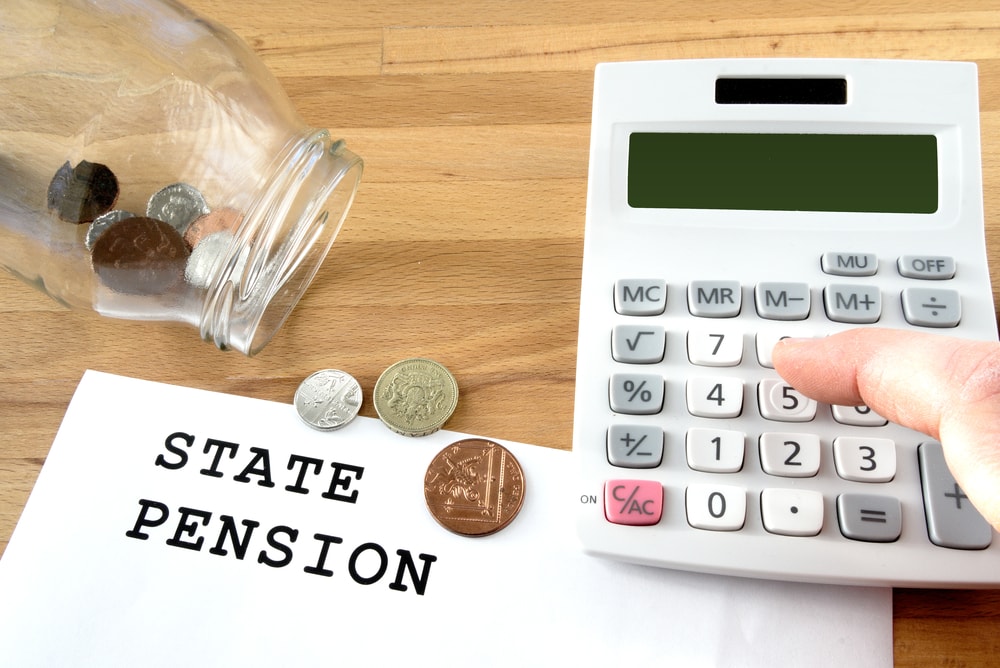The proportion of eligible private sector employees who save into a workplace pension has increased by more than a third from 42 per cent to 73 per cent, since the introduction of auto-enrolment, prompting the Pensions and Lifetime Savings Association (PLSA) to call it a “huge success story”.
With the fifth anniversary of the introduction of automatic enrolment set to fall on 1 October, the PLSA has released some figures to highlight the success of the programme, which was initially met with scepticism within some quarters of the pensions profession.
Quoting the Department for Work and Pensions, which says that 7.6 million new people have been automatically enrolled into workplace pensions since 2012, the PLSA has said that auto-enrolment has entered “the national psyche” and it transforming people’s retirement aspirations.
The association has also highlighted the that since 2012, £405 billion has been saved into workplace pensions. £119 billion is made up of employee contributions, £247bn is from employer contributions and £39.2 billion is as a result of tax relief. PLSA director of external affairs Graham Vidler said that its members had been at the forefront of the successful delivery of auto-enrolment.
“Automatic enrolment is a huge success story which has seen the number of people who save into a workplace pension increase significantly,” he said.
“More than four out of five employees have heard of automatic enrolment and almost three-quarters of employers supportive of this policy. While it has naturally helped people at all salary levels, it is particularly pleasing to see that more than triple the number of private sector employees on average earnings (between £10,000 and £20,000 per year) are now proactively saving for retirement.
“The successful introduction of automatic enrolment has taken a significant amount of hard work from all parties with Government working closely with industry. However, we cannot rest on our laurels and it is now time to consider how we can build on this legacy.”
From April 2018, contribution rates increase to 5 per cent of qualifying earnings and then in April 2019, rates will increase to 8 per cent. Vidler said that the Government and industry had to work together to ensure that people realised the value of their contributions and did not opt-out.
“While these increases are a step in the right direction, our retirement income adequacy analysis suggests that minimum contributions need to increase to about 12 per cent during the course of the 2020s. The decision on how and when to increase automatic enrolment contributions should be taken once the initial phase of increasing contributions to 8 per cent has been completed.
“This will allow government to see what lessons, if any, can be learnt before raising them further. We look forward to working with our members, the industry and government to achieve this objective,” added Vidler.
Latest News
-
Looking back: Top 20 most read stories of 2025
-
‘Growing minority’ of pension savers turning to newer digital channels
-
Border to Coast deploys more than £1bn across private markets programme
-
Looking back: The Pensions Age 2025 DEI focus
-
This week in pensions: 15-23 December
-
Looking back: 2025 - The year of the big pension overhaul
Private markets – a growing presence within UK DC
Laura Blows discusses the role of private market investment within DC schemes with Aviva Director of Investments, Maiyuresh Rajah
The DB pension landscape
Pensions Age speaks to BlackRock managing director and head of its DB relationship management team, Andrew Reid, about the DB pensions landscape
Podcast: From pension pot to flexible income for life

Podcast: Who matters most in pensions?

In the latest Pensions Age podcast, Francesca Fabrizi speaks to Capita Pension Solutions global practice leader & chief revenue officer, Stuart Heatley, about who matters most in pensions and how to best meet their needs
© 2019 Perspective Publishing Privacy & Cookies










Recent Stories